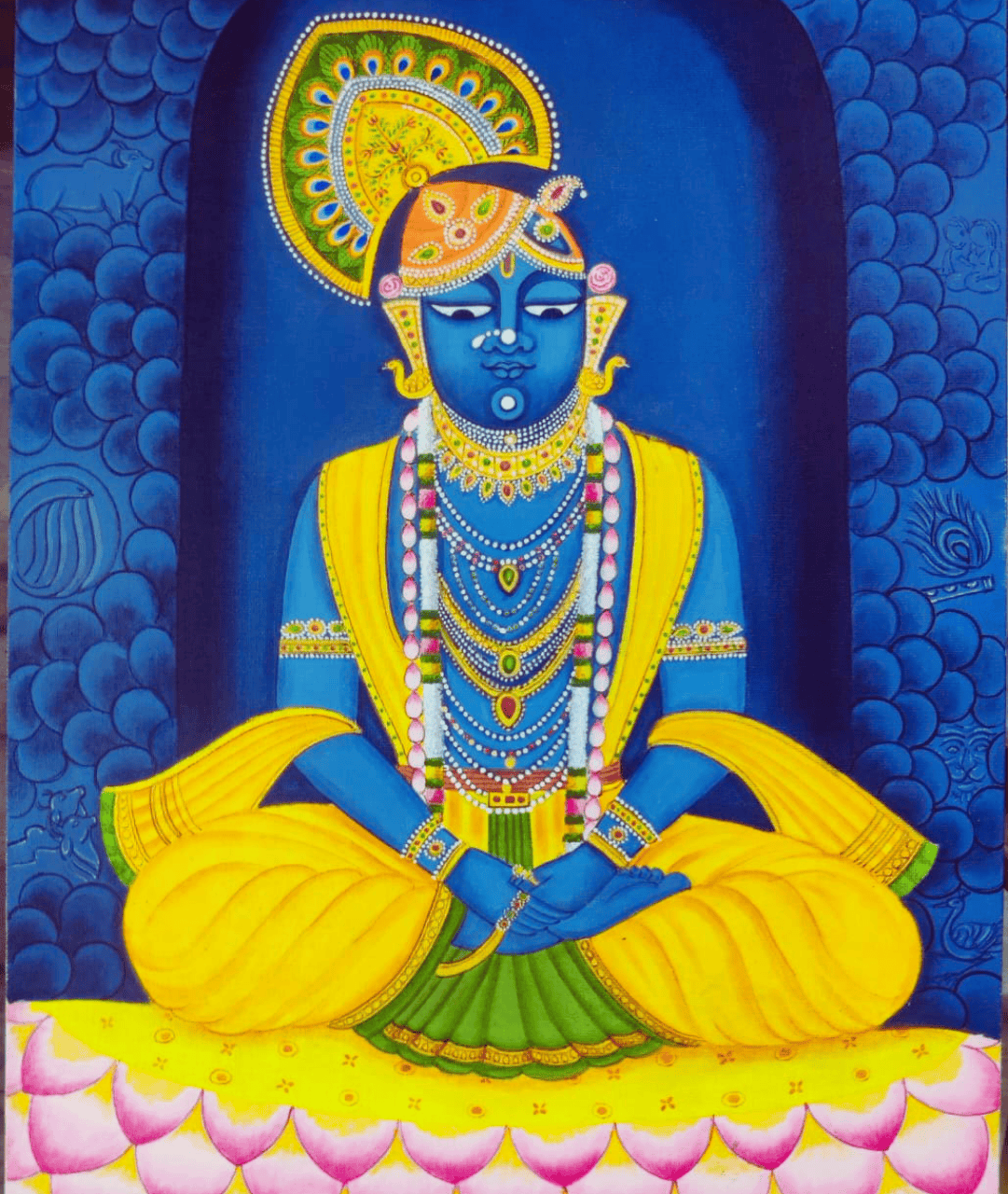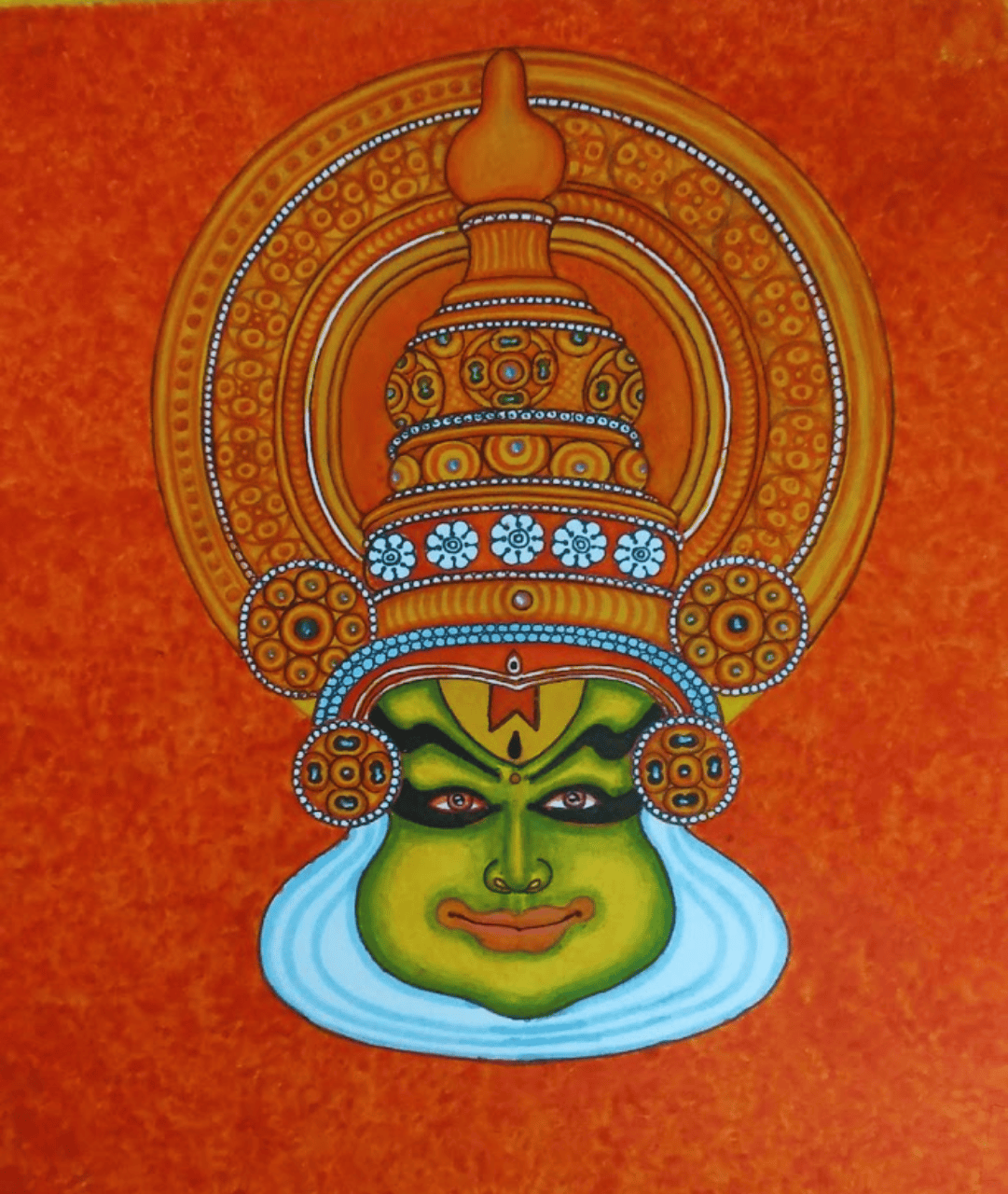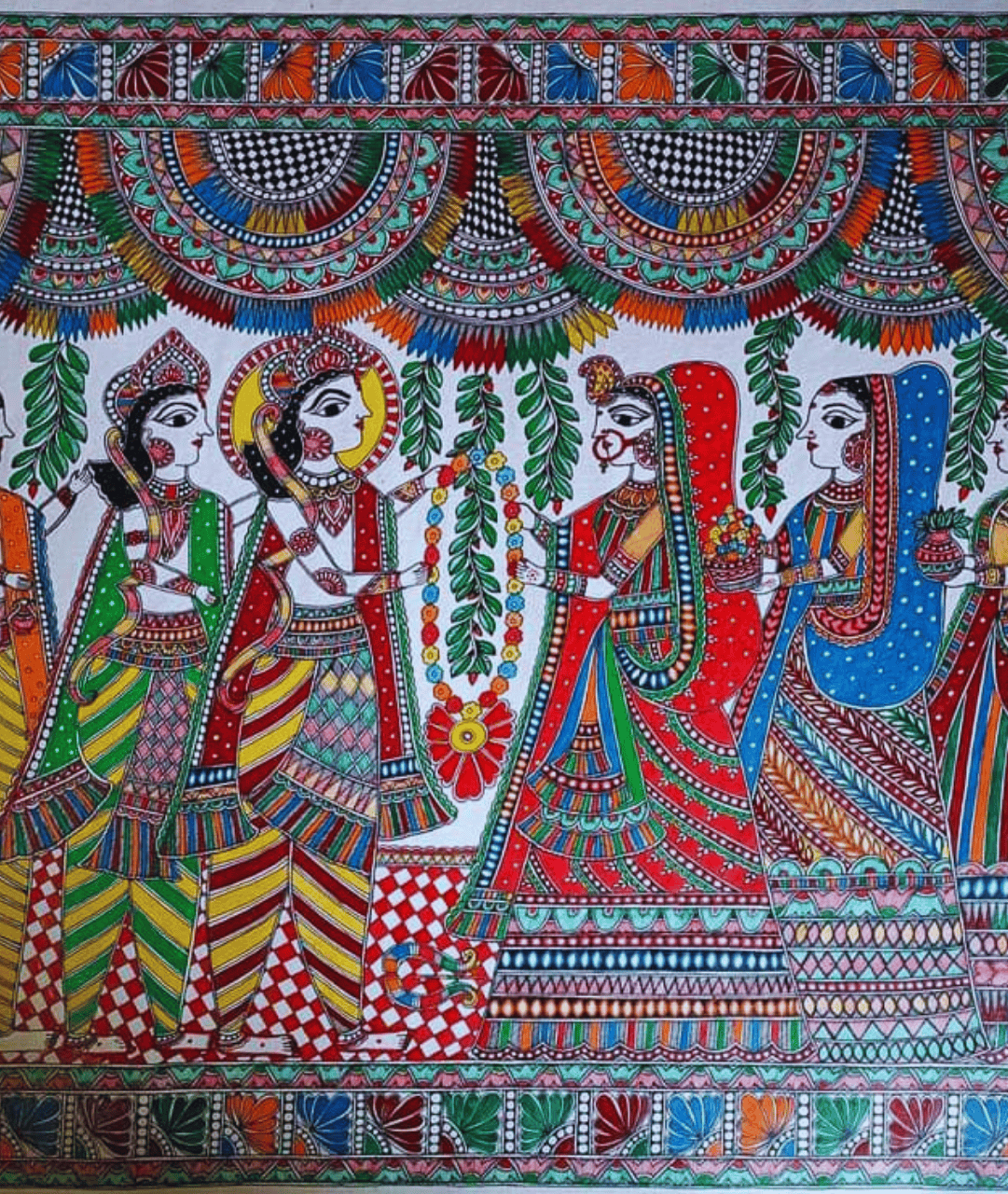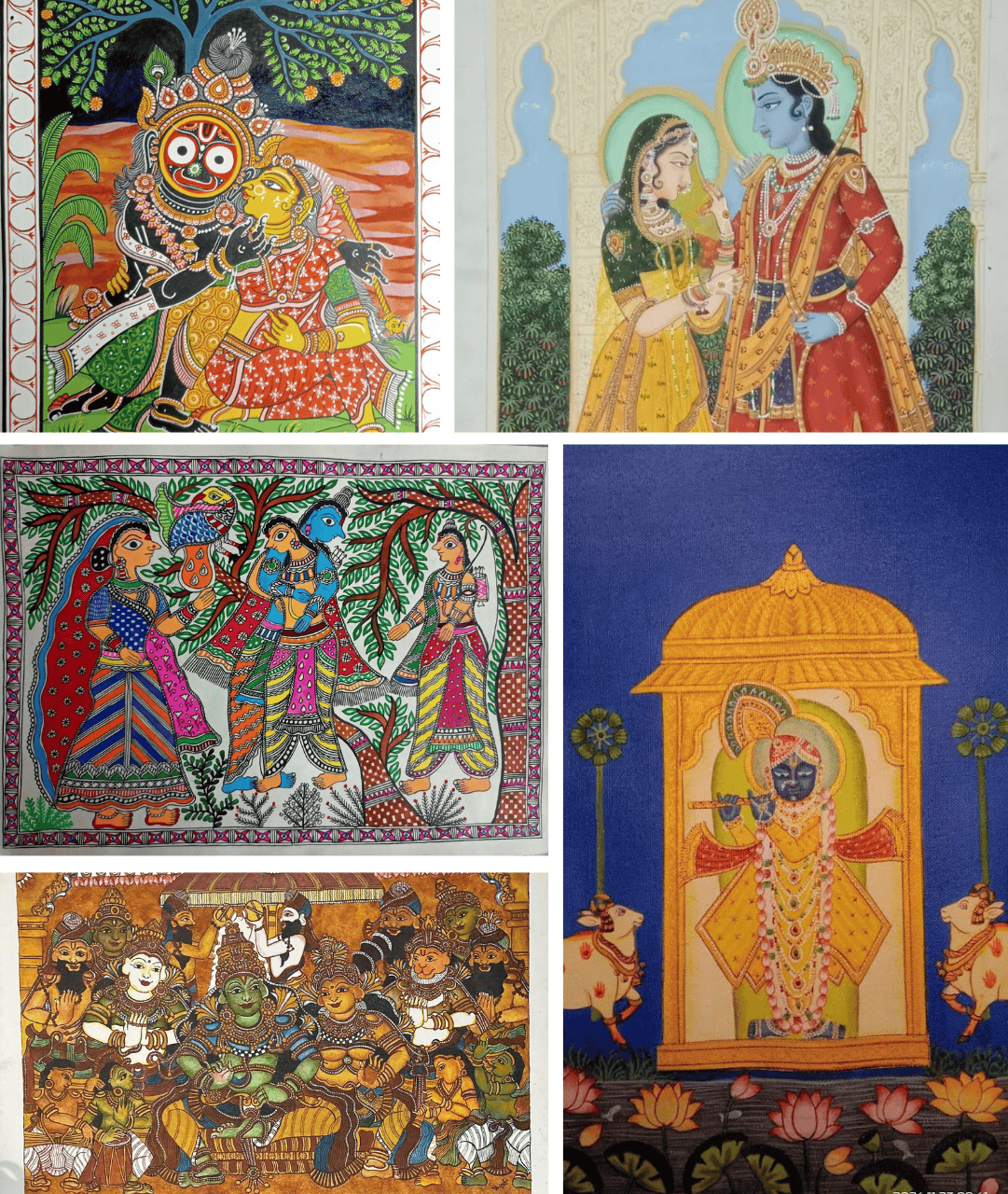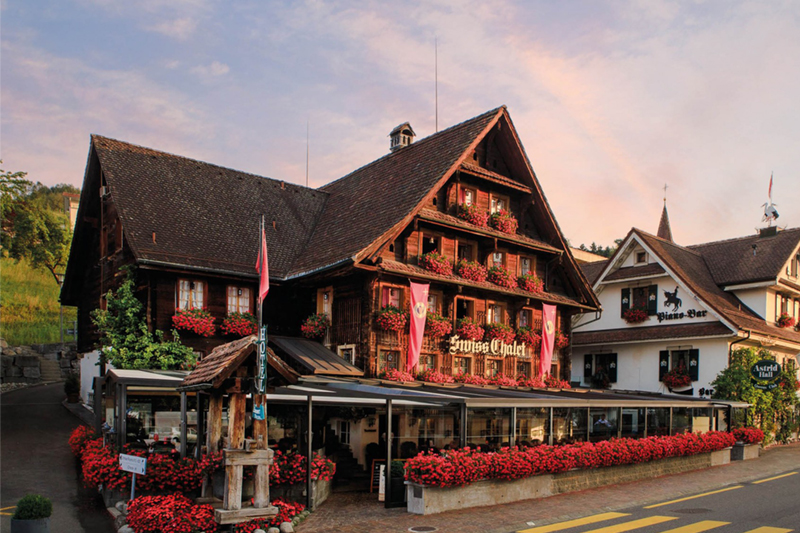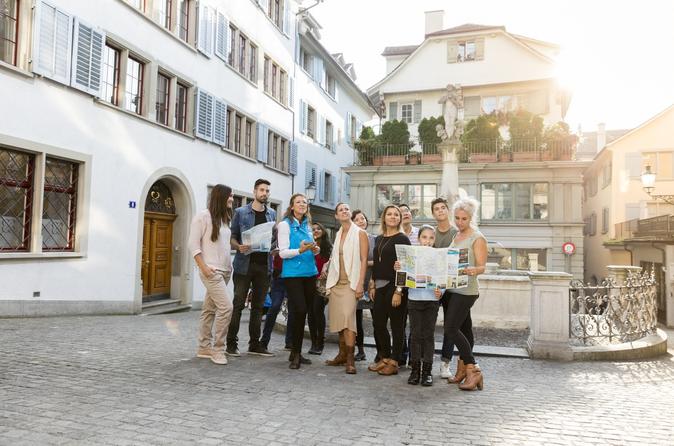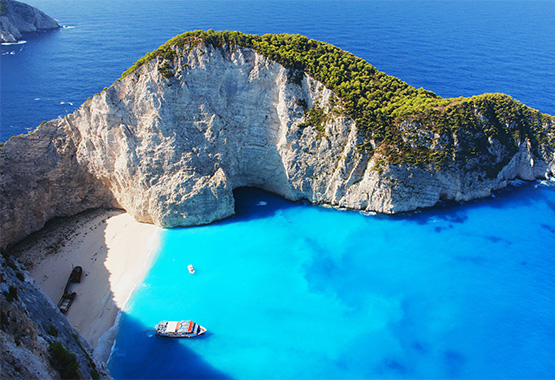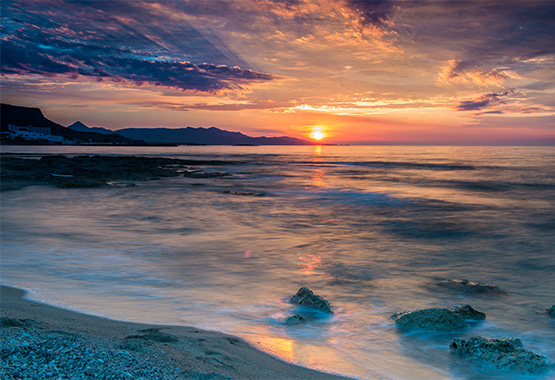How do you enthuse a child to visit crowded temples? A well-tested parental method is a combination of stern looks, whispers of divine retribution and offers of hot masala dosas post-darshan. It worked on me, especially when it came to arduous Guruvayur temple pilgrimages. Arduous for a child because you have to wake up at an ungodly 4 am to meet the deity 2-3 hours later. The queues are that long.
It gives you the jitters that can only be compensated by thoughts of wolfing down dosas and trinket shopping in this bustling temple town in north Kerala.
And then one day, I saw the murals. The sreekovil (sanctum sanctorum) was crowded as usual. Just when I elbowed my way out of the mob, I met a pair of bright eyes. They were everywhere and I craned my neck to catch a glimpse of some of the brightest scenes from mythology, before I was ushered out of the small, dark space.
Revival of murals
Years later, I saw murals at Guruvayur again; this time on the outer walls of the Sreekrishna temple. Time and space were on my side as I devoured panels after bright panels depicting the life of Krishna. “People who are not into art also stop and stare. They are stunning,” was how one of the Catterfly workshop participants described it during an Open House on Kerala mural painting.
The new set of murals, which started coming up in 2017, has their origins in the 200-year-old artwork that I had spied earlier. In the 1970s, a fire gutted parts of the Sreekrishna temple, including the sreekovil. When authorities tried to restore the murals, they found that very few youngsters knew how to paint them or matched upto stalwarts like Mammiyur Krishnankutty Nair, Pattambi Krishna Varier, M K Sreenivasan and K K Varier.
The veterans did the job and more. They helped set up the Guruvayur Devaswom Institute of Mural Painting, which has trained scores of artists in the ancient art form, which is part of cultural heritage of south India and Deccan.
Ancient origins, complex techniques
Rock and cave painting are essential markers of the growth of human civilization across the world. But in Deccan (Ajanta Caves), Tamilakam (Chola murals in Thanjavur Brihadeeswara temple) and Kerala they evolved into achieving rare sophistication and complex artistry.

Take for example the work of M P Saju, a young mural painter who has been teaching Catterfly students Kerala mural painting. He has to take into account various style elements – making natural dyes, working with a limited palette, shading with dots. Then there are the motifs to make with various painting brushes fashioned out of special grass, as explained in this video: Catterfly Open House on Kerala Murals.
This is followed by a painstaking six-step process, which involves multiple outlining, colouring (as per traditional texts) and finishing works. Only then will a mural achieve a three-dimensional effect and pop out of a wall to stop the traffic.
Changes for the better
The Guruvayur Institute and its scientific approach to teaching speeded up the revival of interest. Earlier, patrons were kings who peppered their favourite temples with murals; later, heads of Kerala’s churches co-opted the art form to tell Biblical stories. Now, resource-rich spiritual cult heads, corporates and resort owners look to artists like Saju to paint their worlds with bright murals in Kerala style.
At the Open House, Saju says that acrylic works just fine for non-temple work. He points to his workspace – an sprawling resort by the Thiruvananthapuram coastline with walls filled with kathakali faces, mohinattam and ottamthullal dancers, and any other ‘Kerala’ motif.
Even these clichés are beautiful and they further popularize Kerala murals and provide a source of income to these talented artists. No wonder they are at work again. This time it is at the Sreekrishna temple sreekovil. The restoration done by the masters need touch up and the pandemic has left the sanctum empty. What better time to give a fresh coat of paint? And who better than the in-house art students to keep the tradition going?
Sign up for ongoing online classes : Kerala mural painting
More about Catterfly traditional artist: M P Saju
Watch Mural Open House:
(Images for representational purposes only)


















